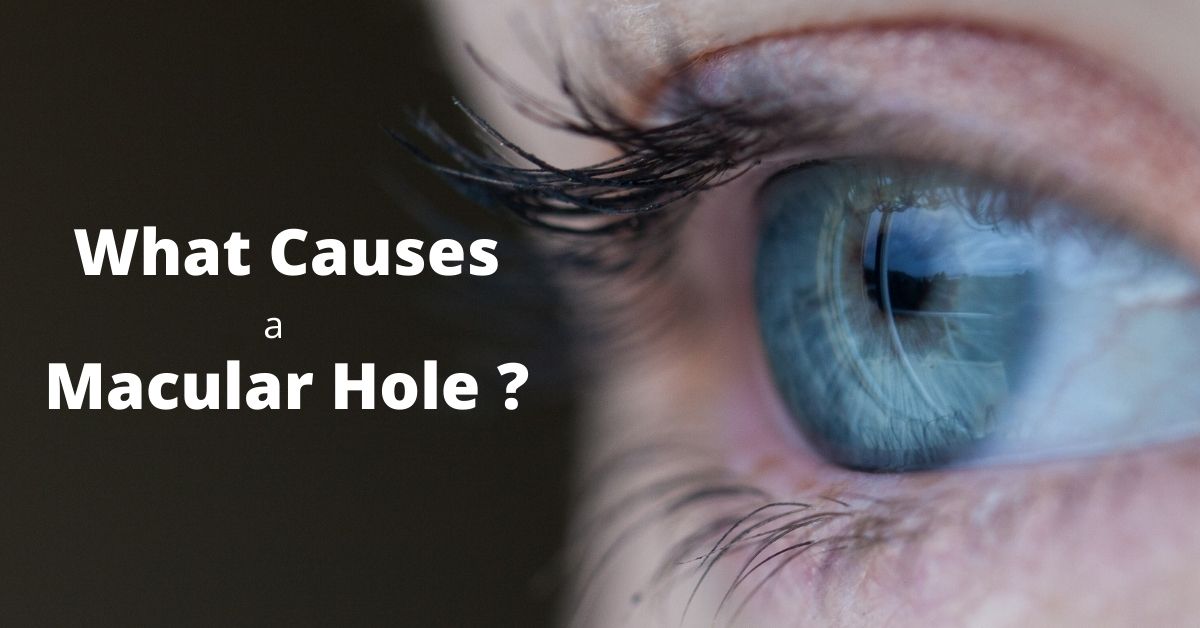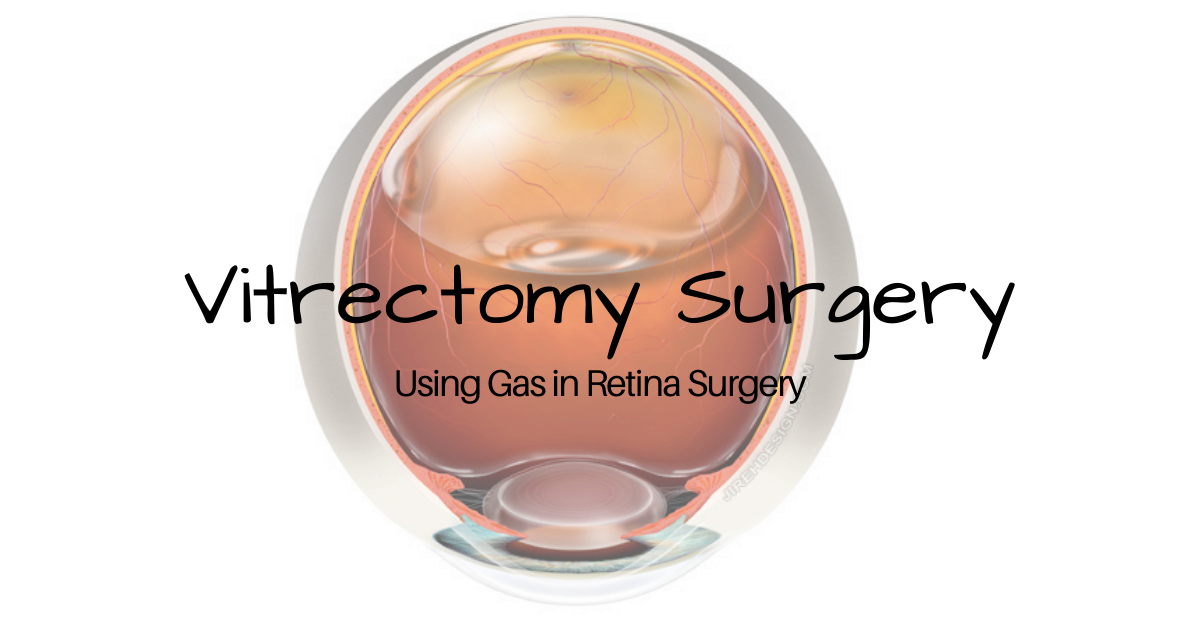Causes of a macular hole are discussed in this article and explained in the embedded video.
A macular hole is a hole at the very center of the retina. The retina is the layer of tissue that lines the inside of the eye and it contains millions of light-sensitive cells that receive and send visual information to the brain.
The macula portion of the retina contains the highest concentration of light-sensitive cells and is responsible for high-resolution, detailed central vision and most of our color vision.
Holes in the macula can be caused by injury, but most macular holes occur in people over the age of 60 and are caused by the vitreous gel in the eye pulling on the macula. These are called idiopathic macular holes and are, for reasons unknown, more common in women than men.
The Role of the Vitreous in Macular Holes
The vitreous contains millions of microscopic fibers that attach to the retina. As people age the vitreous slowly shrinks and pulls away from the retina’s surface and natural fluid fills in the area where the vitreous contracted. This is normal and usually causes no problems beyond possibly seeing “floaters” in your visual field from time to time.
However, in some cases the vitreous is so firmly attached to the retina that when it pulls away it can tear the retina slightly and cause a hole to form. Small holes sometimes heal on their own, but they can also gradually increase in size causing vision loss.
Other Causes of Macular Hole
The following additional conditions can cause a macular hole to develop:
- Blunt trauma to the eye
- Diabetic eye disease
- High degree of myopia (nearsightedness)
- Macular pucker—caused by scar tissue on the macula
Symptoms of a Macular Hole
In the early stages there may be a slight distortion or blurriness in central vision. As the hole increases in size, straight lines and objects look bent or wavy, vision becomes increasingly blurrier and a dark spot may appear in the center of your vision.
Treatment of Macular Holes
A surgery to remove the vitreous gel (vitrectomy) and prevent it from continuing to pull on the retina is currently the best way to repair a macular hole. After the removal of the vitreous gel, a bubble containing a mixture of air and gas is put into the eye to prevent subretinal fluid from seeping behind your retina and destabilizing the healing process.
The gas bubble will slowly dissipate and be replaced with aqueous humor produced by your eye. You may be asked to keep your head in a face-down position for several days to keep the bubble in place. CAUTION: As long as any of the gas bubble remains in your eye you must not fly in an airplane because the bubble can expand in the reduced pressure of the cabin causing severe pain and possible loss of sight.
Another potential treatment for some patients with macular holes is the injection of an antiplasmin inhibitor that inactivates plasmin, an enzyme that breaks down the fibrin in blood clots.
Success Rate
The vitrectomy success rate is over 90% with patients regaining most of their lost vision. The gas bubble starts to shrink 7 to 10 days after the vitrectomy, but it takes about 6 to 8 weeks for the gas bubble to be totally absorbed. Vision will continue to improve during that 6 to 8 week time.
Complications
In less than 10% of cases the vitrectomy may cause cataract formation, retinal detachment, infection, glaucoma, bleeding or a re-opening of the macular hole.
Nader Moinfar, M.D., M.P.H.
Retina Specialist
Orlando, FL
If you would like to schedule an appointment, please call us (877) 245.2020.

